Ahhhh! I can’t get over the pairing of this kimono and obi! It’s just.. *chefs kiss*. The obi was part of my final Ichiroya purchase and I fully admit I didn’t have any particular pairings in mind when I bought it, I just thought it was pretty. But it occurred me last night that it might look good with this kimono and man, was I ever glad to be right. The pinks tie in perfectly and the dusty navy accents on the obi call back to the hem of the furisode in the best possible way.
I decided to go full modern furisode glam today; a big bold haneri, gold and green kasane-eri, shibori obiage, and bright tasselled obijime. The obijime looks more orange than it actually is in the photo. In reality it’s a more warm salmon-pink shade that works really well with the obiage and the shadowed parts of the lilies on the kimono.
Like last week’s outfit, this coord is very “proper”, but definitely has a much more vibrant and youthful feel. Just goes to show that correct kitsuke doesn’t have to be stoic or subdued!
I followed this tutorial for a big poofy obi musubi and I am thrilled with how it turned out. That homemade sanjuhimo I made a while back works really well. I normally don’t include a close-up of the back of the outfit but I was proud of my work and felt the need to show off.
Items used in this coordination
- Lily Furisode
- Pastel Tabane-Noshi
- Pink Large Floral
- Pink Shibori
- Salmon Furisode


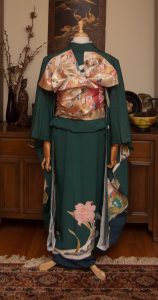
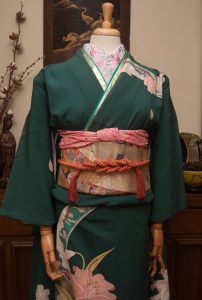
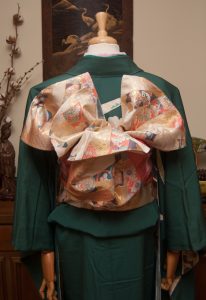




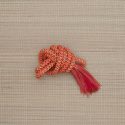
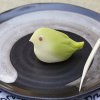




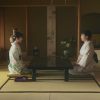



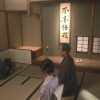
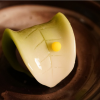



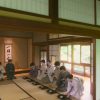



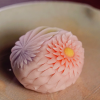
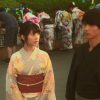






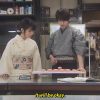
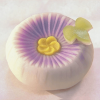
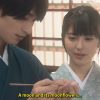
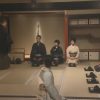


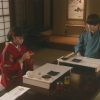




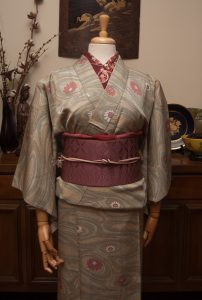





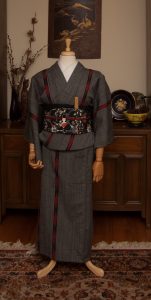
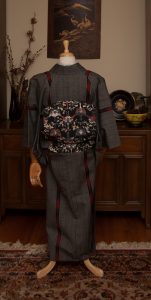
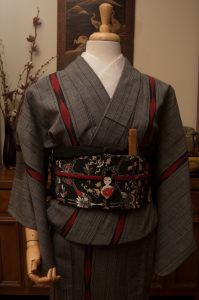


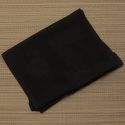

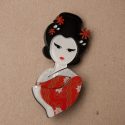

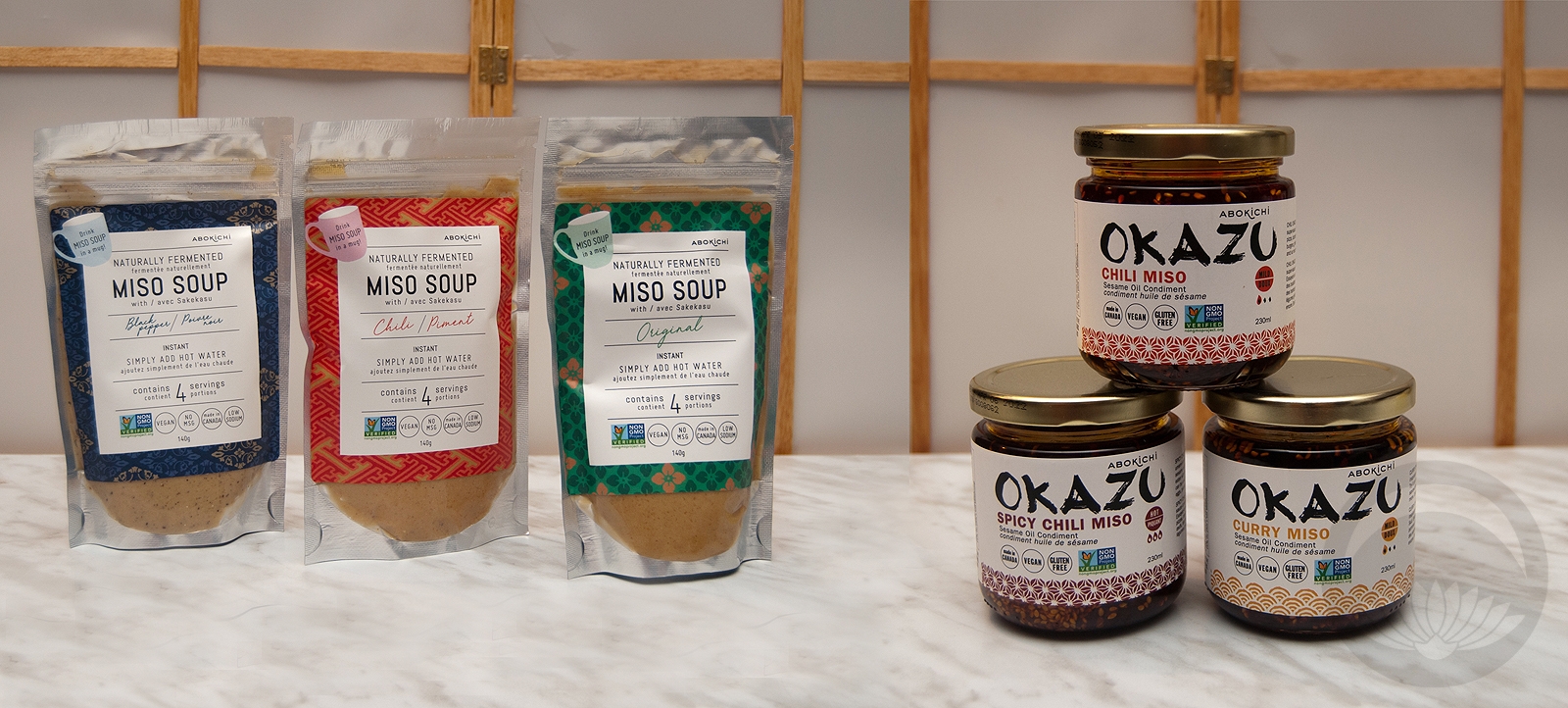
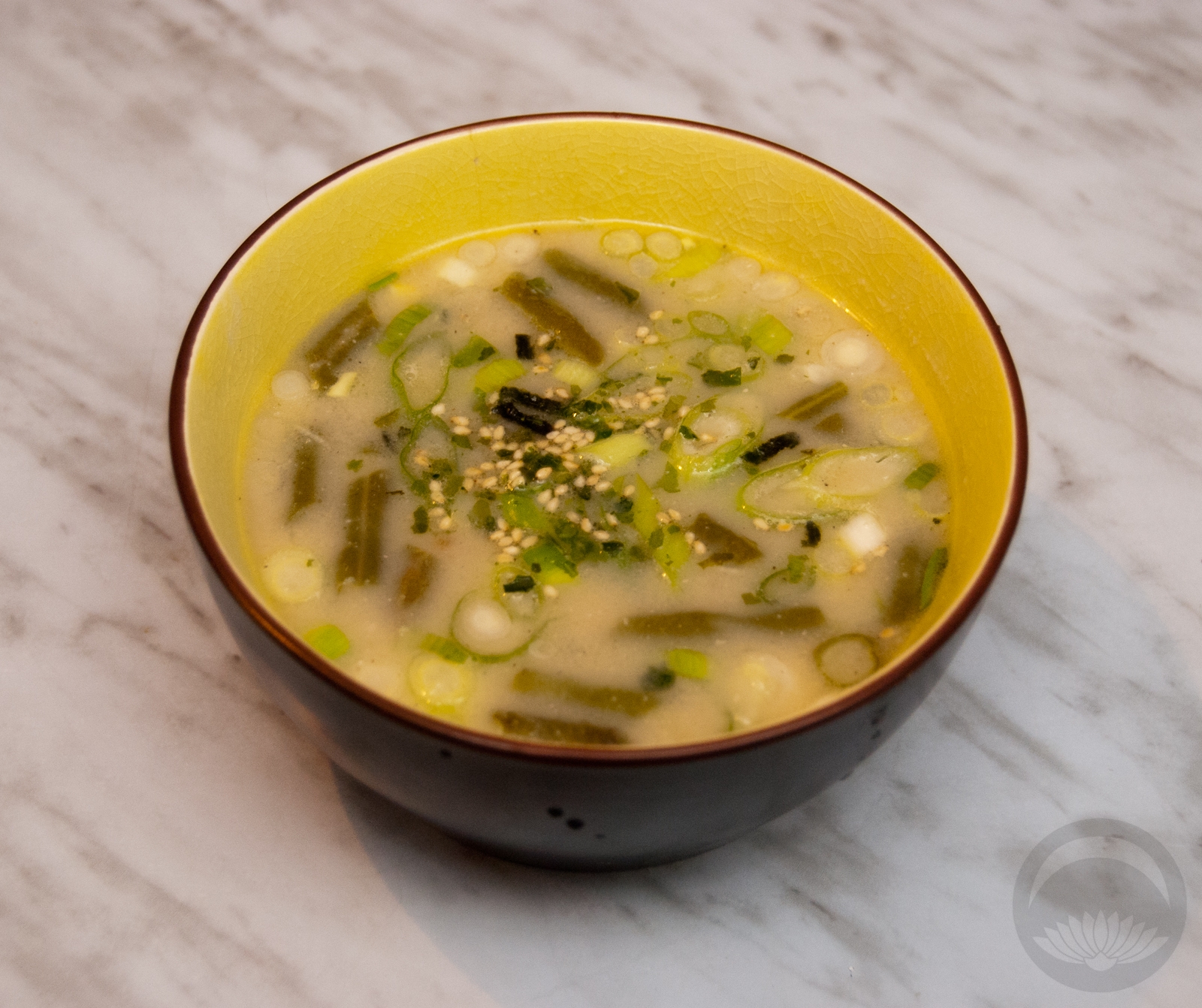
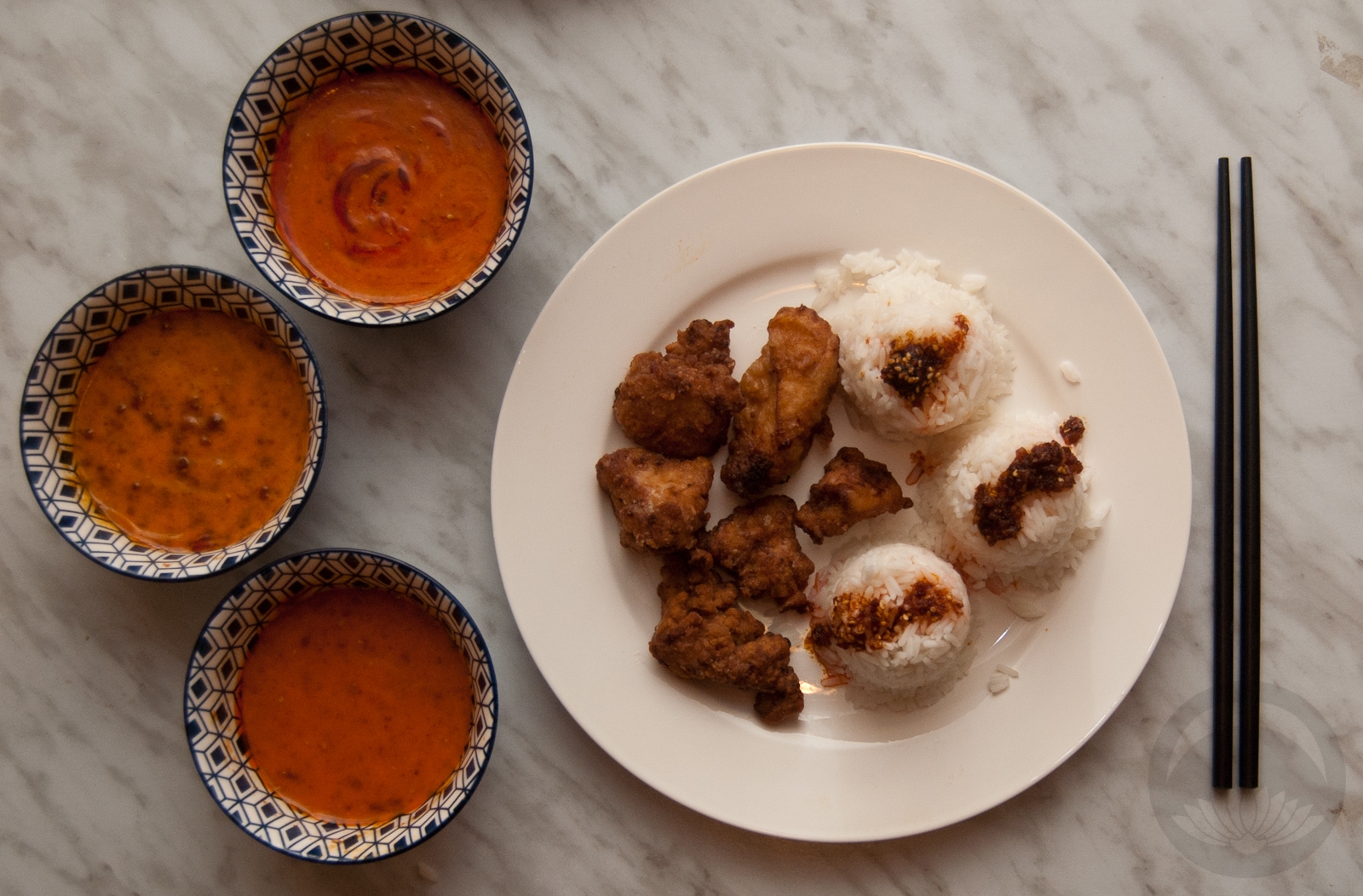











 Bebe Taian
Bebe Taian CHOKO Blog
CHOKO Blog Gion Kobu
Gion Kobu